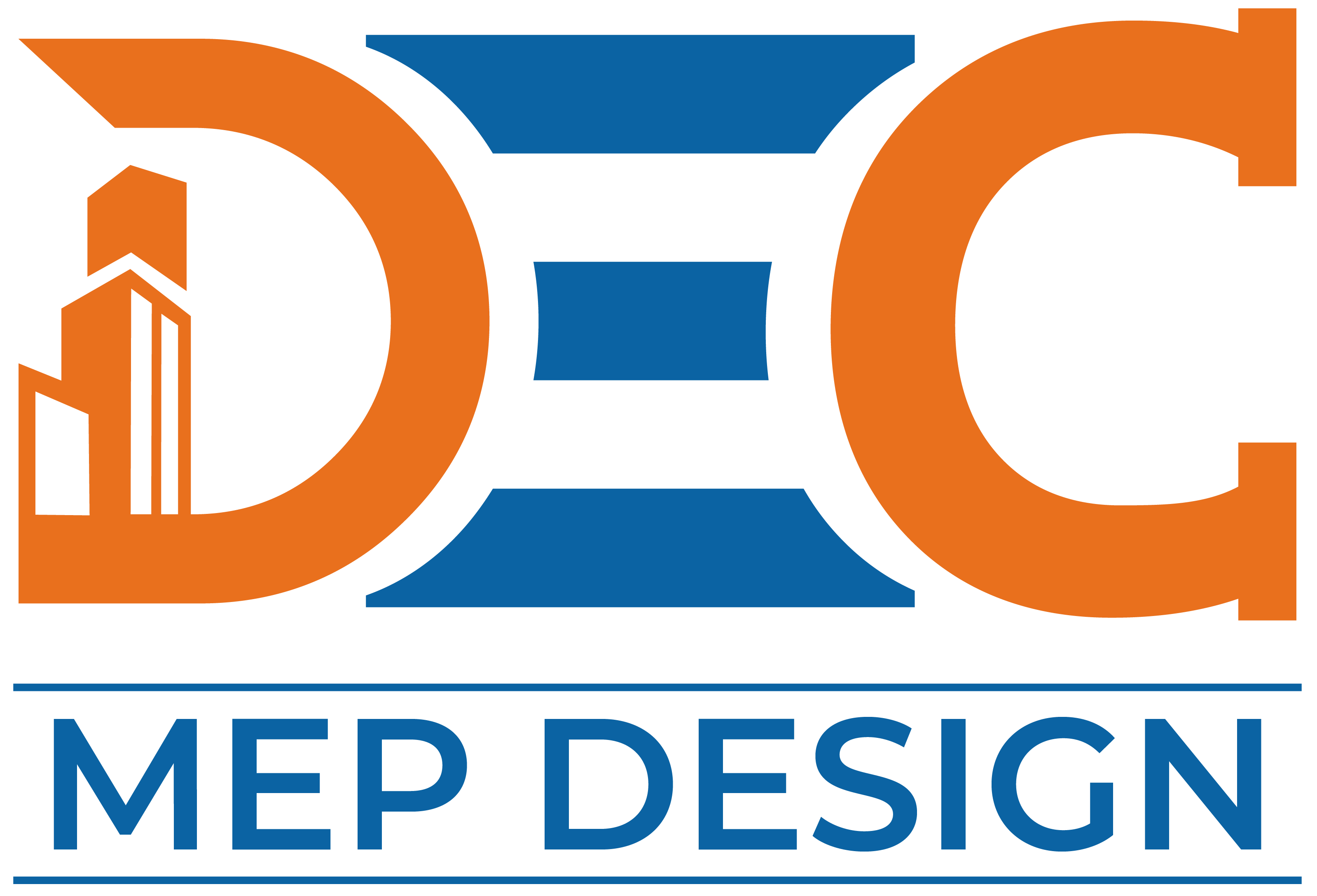In the world of fast book engineering, living on budget is important for the completion of any project. Engineering design, complex systems, and many parts of many parts, can easily spiral out of control cost-wise if not kept in line. One of the best ways to save money without abandoning quality is to reduce your engineering design. Engineer and design teams should the strategies to streamline their designs and reduce costs.
1. Focus on Functionality Over Complexity
Initial measures in streamlining an engineering design are to focus on its primary functionality. Each design should be prepared towards achieving desired results with minimal complexity. Oppose the request for an over-engineered solution using non-essential features or components. By down the design to the bare minimum, you reduce the time of physical cost, labor, and development.
For example, if you are designing a product with multiple features, it is important to assess whether they all really are necessary. Can the same result be achieved with low parts or using a more straightforward design approach? Every unnecessary addition connects to the overall cost. Keep the design simple and efficient while meeting the performance standards. standards.
2. Rareness of standardized components
Using off-the-shelf, a large amount of money in standard parts. Special parts can be expensive to design and produce, especially if they use special material or tooling. Taking advantage of standard parts means that you can benefit from the economy of scale and low material and production expenditure.
Construction with off-the-shelf components also streamlines the development cycle as the components have already been proven, tested, and stocked in many applications. This method reduces the possibility of failure or holdup due to unexpected problems with custom components.
3. Use 3D modeling and simulation
Sophisticated software, such as 3D modeling and simulation tools, can assist engineers in detecting flaws in a design before the creation of physical prototypes. Digital testing of materials, structures, and systems through these devices can save time and money in the long run.
By predicting performance with simulation, engineers can customize the design before creating a physical model or running expensive tests. It reduces the risk of high-cost design, which turns into a line.
4. Material Selection Case
The materials you work with when designing play an important role in determining the final value. While high-end materials can be attractive to use depending on their durability or performance levels, inexpensive materials can provide the same functionality at a fraction of the cost. Evaluate the material based on its suitability for use, not necessarily on its high-end credentials.
In addition, the material will help take the recycling path and use local raw material suppliers to reduce the cost even more. By choosing those materials that are abundant, inexpensive, or easy to get, you can help simplify your finances without compromising on quality.
5. Adopt Design for Manufacturability (DFM)
Design for the manufacturer (DFM) is one of the major principles for streamlining engineering design. This means designing products so that they are simple and inexpensive to produce. Keeping in mind how the product will be made from the beginning, you can prevent complex manufacturing processes that take extra time and money.
DFM principles include reducing the number of parts, selecting materials that are simple to work with, and ensuring that the design is easy to produce economically. Reducing the complexity of the design in this way allows for to reduction of the cost of manufacturing and assembly, as well as the possibility of production errors.
6. Collaborate Early with Suppliers
One of the more neglected areas of cost reduction is bringing suppliers into the design process early. Suppliers have invaluable knowledge of the materials, components, and processes they supply. By talking to them in the initial design stages, you can choose less expensive options and avoid expensive changes later.
Suppliers can also provide information about more cost-effective manufacturing processes or propose options components that are within the design specifications, but are less expensive.
7. Focus on Long-Term Cost Savings
Although cost cuts in the short term are important, keep in mind the long-term cost when it comes to your design. Initially, small bills save money with materials or manufacturing technologies, but will bring high rates of failure or maintenance costs in the long term. Quality materials and technologies that last long can help reduce the maintenance costs over time and will increase the price of the product. Long-term design for ease of durability and maintenance can reduce lifetime costs and add a sense of value to the product during marketing.
Conclusion
Streamlining engineering design is an effective means of saving costs while preserving quality and functionality. By prioritizing necessary functions, employing standardized parts, taking advantage of contemporary design aids, and designing for manufacturability from the outset, engineers can devise low-cost solutions that satisfy performance as well as price constraints. Premature coordination with suppliers and material specialists can reveal additional cost-cutting possibilities to make the design efficient and cost-effective.
In the end, the aim must always be to achieve an appropriate balance between simplicity, efficiency, and performance. Through proper planning and judicious decision-making, the novel, cost-effective engineering designs will likely impart great value while remaining within budget.
Want to explore more practical ways to reduce costs without compromising quality? Our blog, “Cost-Effective Engineering: The Power of Simplification in Design,” takes a deeper look at how thoughtful simplification can lead to powerful, lasting results in engineering projects.
How-To: Simplify Your Engineering Design to Save Costs
- Identify Core Functions
Start by determining the essential functions of your design. Remove unnecessary features that add complexity without significant benefits.
- Choose Standard Components
Opt for readily available parts instead of custom-made components to reduce costs and manufacturing time.
- Leverage 3D Modeling & Simulation
Use software tools to test designs virtually, identifying potential issues before building physical prototypes.
- Optimize Material Selection
Evaluate materials based on performance and cost. Choose alternatives that provide similar durability at a lower price.
- Apply Design for Manufacturability (DFM) Principles
Simplify assembly, minimize part count, and design for efficient production to cut down costs.
- Engage with Suppliers Early
Collaborate with manufacturers and suppliers to find cost-effective materials and production methods before finalizing the design.
- Consider Long-Term Savings
Balance short-term cost reductions with durability and maintenance costs to ensure sustainable savings over the product’s lifespan.
FAQ: Simplifying Engineering Design for Cost Efficiency
Simplifying your design reduces material costs, speeds up production, minimizes manufacturing errors, and enhances reliability. It helps keep projects within budget without sacrificing quality.
Standard components are mass-produced, making them more affordable and readily available compared to custom-made parts, which require additional design, tooling, and testing.
DFM ensures that designs are easy and cost-effective to produce. It helps prevent manufacturing challenges, reduces assembly time, and improves product consistency.
High-end materials may offer superior performance, but cost-effective alternatives can provide similar functionality at a lower price. Choosing the right materials balances cost, durability, and performance.
Yes! 3D modeling and simulation allow engineers to test different designs digitally before manufacturing, reducing prototyping costs and identifying potential design flaws early.
Engaging suppliers early helps identify cost-saving materials and manufacturing methods, avoiding expensive design changes later in the project.
Focus on efficiency rather than cheap alternatives. Maintain quality by optimizing design, selecting durable materials, and following industry best practices for reliability.





No comment